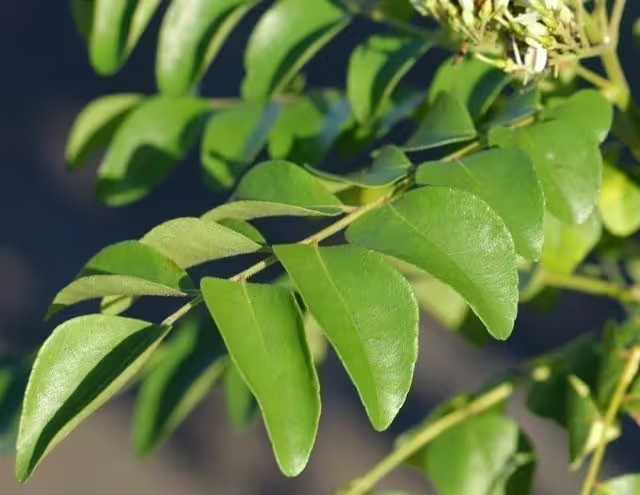Caloupile is a culinary ingredient used in certain regions of the world, especially in West Africa. It is a fatty plant with fleshy leaves and stems, which can be used fresh or dried. It is mainly cultivated for its edible leaves, which are rich in nutrients and have a bitter and slightly peppery taste. Caloupile can be used in many culinary preparations, especially in soups, sauce dishes, marinades and condiments. Its sour flavor makes it a popular ingredient in African cuisine, where it is often associated with other spices to spice the dishes.
